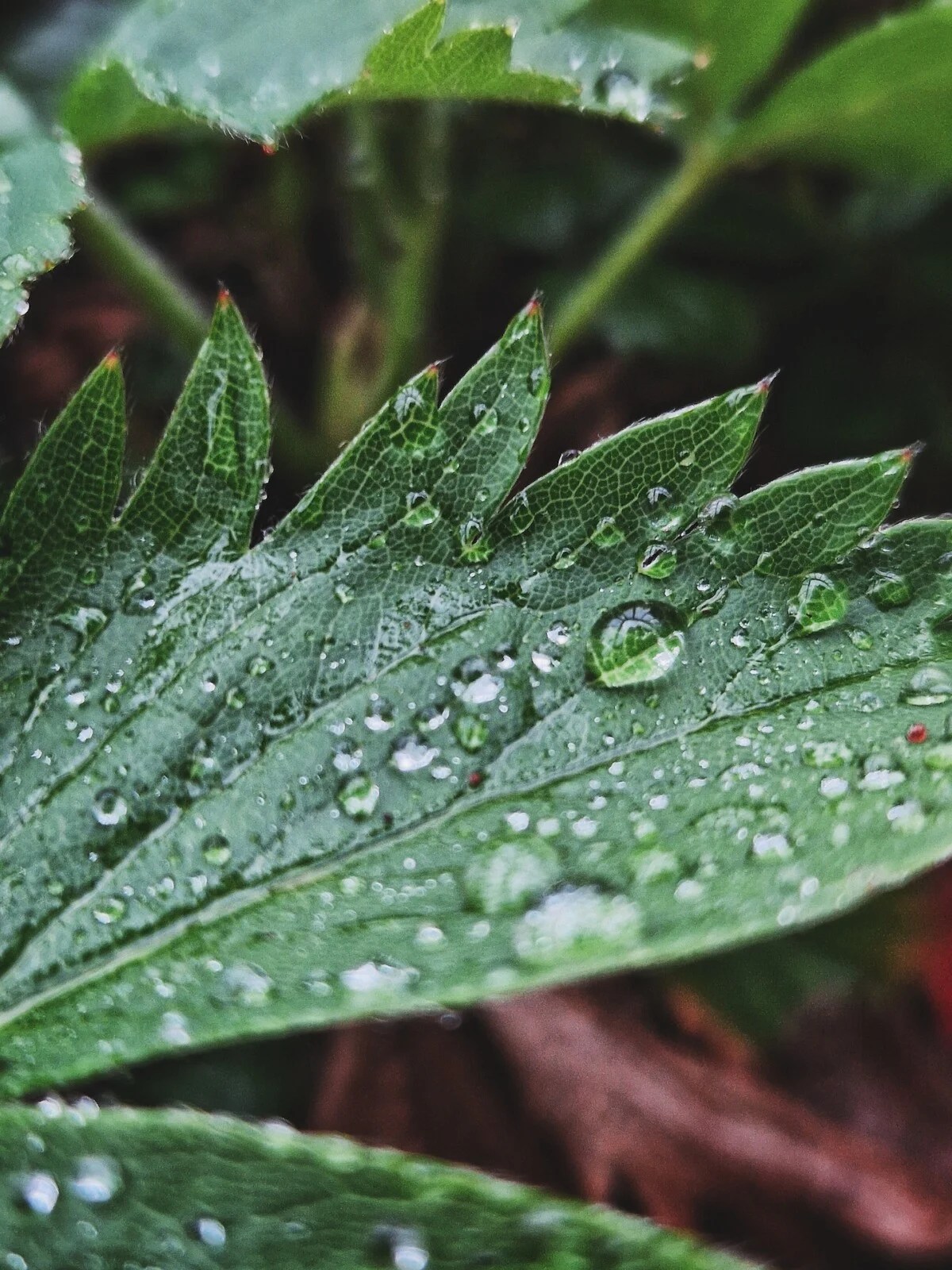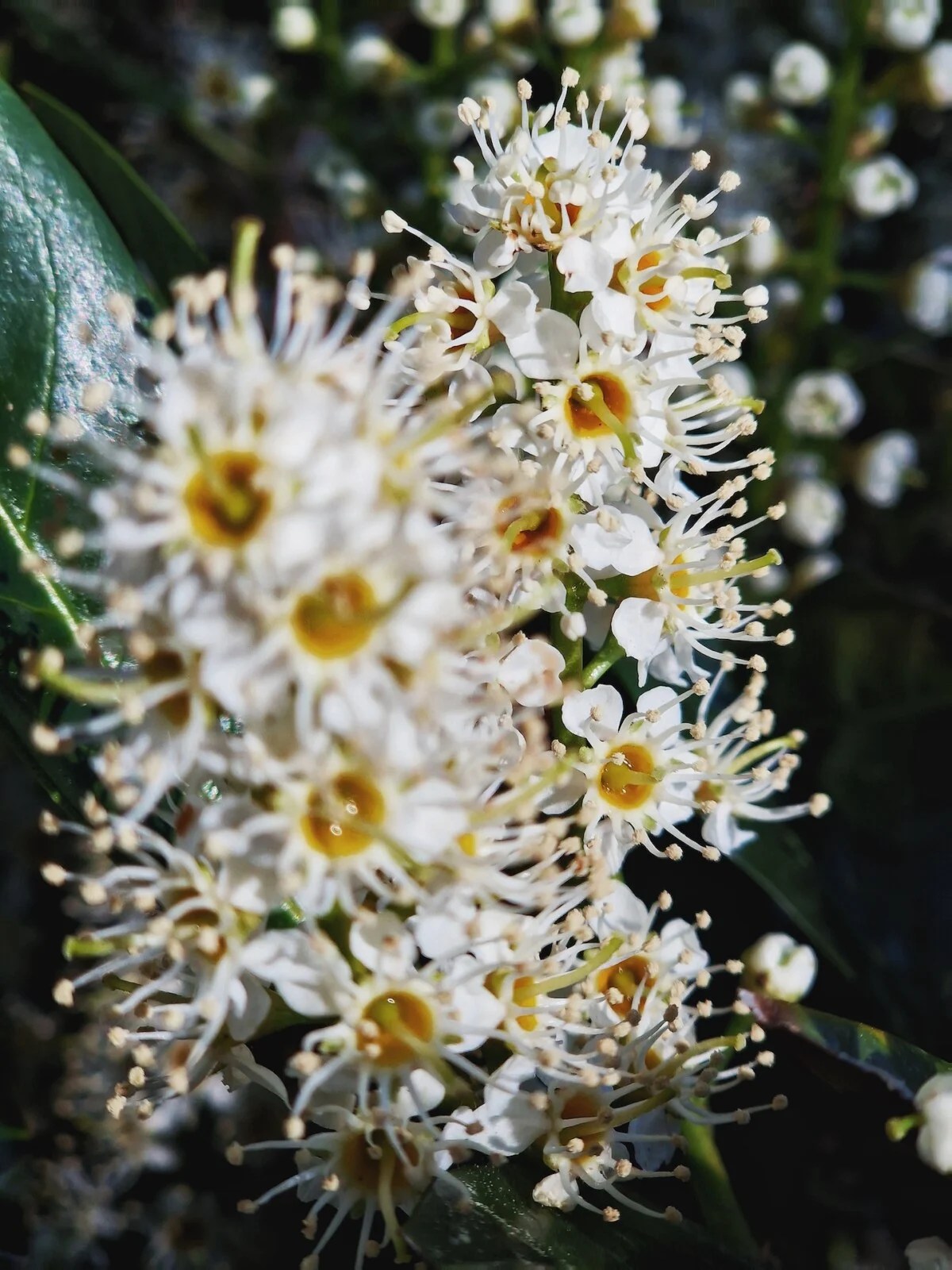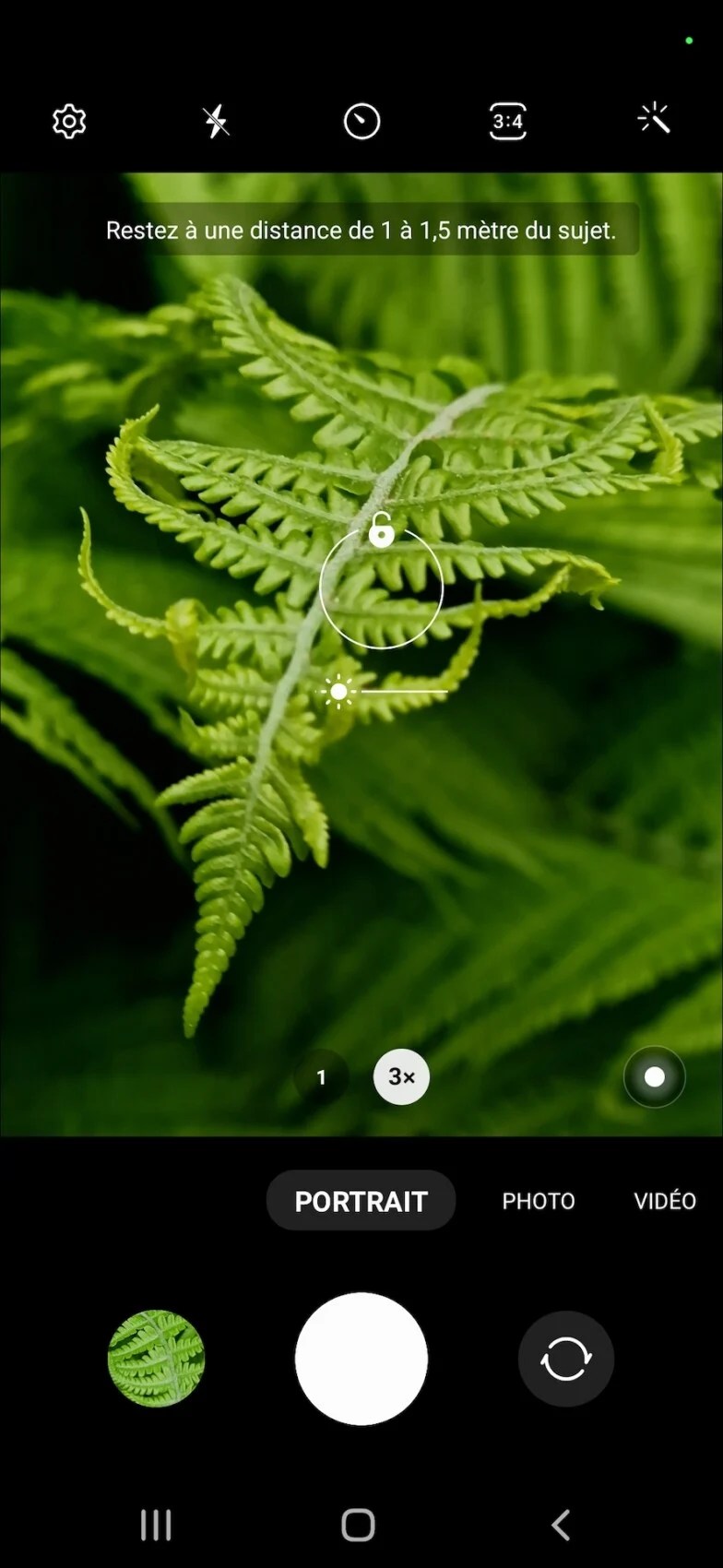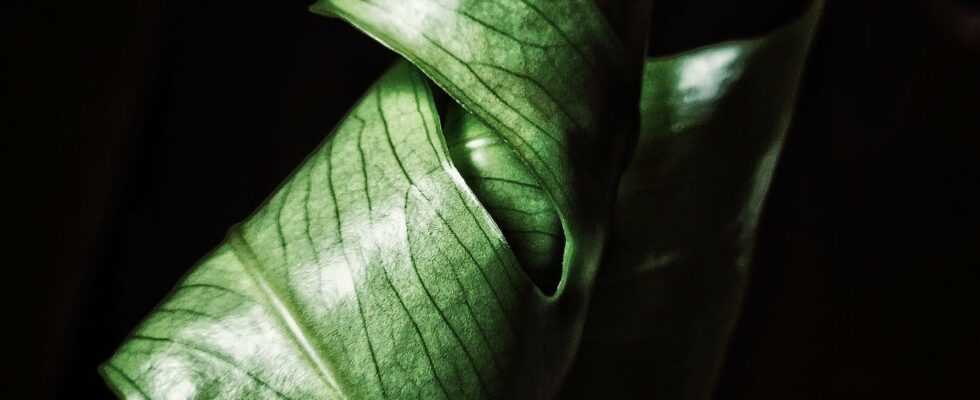This content is courtesy of Samsung and produced by Humanoid xp
Some smartphones now have cameras dedicated to macro photography. But is it really mandatory to take beautiful shots as close as possible to your subjects? Well, not necessarily.
Is macro photography really possible with a smartphone? To photograph the infinitely small and make it visible, there is no need to be equipped with an expensive camera. Photo-savvy smartphones like the Samsung Galaxy S22+ that we used manage to capture beautiful detailed images, as close as possible to the subjects. Here are our tips and tricks for taking beautiful macro images with your smartphone.
What is macro photography?
Macro photography is a stream of photography that is generally characterized by its 1:1 scale magnification ratio. That is to say that the subject as it appears in the image measures at least its size in reality. With higher magnification ratios it is possible to magnify the subject and see details normally invisible to the naked eye or in any case very difficult to distinguish at first glance.
But if we want to be more precise, macro photography with a smartphone corresponds rather to proxiphotography. This last category consists rather in getting as close as possible to the subject to photograph it in its environment, without necessarily enlarging it. Proxiphotography and macrophotography are nevertheless linked and very close in the desire to highlight a very small subject.
Macro photography is very often used in nature to photograph insects or vegetation and to isolate hidden details. We favored photographs of plants and flowers, which are easier to capture. It really takes patience and precision to photograph small animals, especially if they are moving. You can also use macro photography for any subject, to show detail or texture. For example, you can take very beautiful macro photos with fabrics.

Take macro photos with your smartphone, with or without a dedicated sensor
Some recent smartphones are directly equipped with a macro mode, sometimes with a dedicated sensor. A sensor with a shorter minimum focusing distance that allows you to get closer to the subject. In this case, taking macro photos is as easy as capturing panoramas: you just have to select the right mode.
However, it is quite possible to take macro photos with your smartphone even if it does not have a dedicated mode. The proof, all the photos in this article are taken with a Samsung Galaxy S22+. How did we do? We tricked it into using portrait mode. It uses the main 50-megapixel sensor and offers x1 or x3 zoom with a minimum recommended focusing distance of between 1 and 1.50 meters. In fact, we managed to get sharp images below the recommendation.

Portrait mode has the advantage of applying digital blur around the focus area. You can even choose the intensity a posteriori. This allows you to play with the depth of field and bring your subject even more forward. An option not to be neglected to highlight a small subject or a detail in particular.

Prioritize natural light
To take beautiful macro photos, nothing better than a beautiful and powerful natural light. This allows the smartphone to better detect the subject and achieve better focus. It also limits the visibility of camera shake (when you’re shaking for example), since the smartphone will automatically choose a relatively fast shutter speed if there’s enough light.
Photographs very close to the smartphone at night are not very conclusive unless you activate the flash, because the sensors are not sensitive enough to light. The worse the lighting conditions, the more you expose yourself to camera shake or digital noise that will disturb the image.

Photo taken with natural light

Photo taken in low light in standard mode with 3x zoom without flash

Photo taken in low light in standard mode with a 3x zoom and flash activation.
If the shadow of your smartphone is spoiling the brightness of your image or hiding your subject, you can opt for a portable mini-reflector. You can also use a white sheet or piece of cardboard to reflect light to boost the exposure of your image a bit and unclog shadows.
Another tip: to get a little more contrast, remember to underexpose slightly when shooting. The automatic modes of smartphones tend to overexpose an image that sometimes does not need it.

Go through retouching to improve your photos
L’editing of your images, even on a smartphone, can bring a lot. First, we recommend adjusting the basic exposure settings (brightness, contrast, highlights and lowlights) so that the shot matches your tastes. You can also increase the detail and sharpness of the image, the subject will appear even more precise. Finally, vignetting and white balance are the settings to favor to modify the atmosphere of the image, by making it more dramatic for example.

Image before editing

Image after editing
By using the (free) Snapseed application, it is possible to obtain very good results. For the photo above, we played a lot with detail and vignetting to isolate the plant from the background. The final rendering is much more artistic.
macro for all
Whether with a camera or a smartphone, macro photography is not a simple subject. However, many options make it possible to obtain very convincing results. By focusing on natural light and gradually getting closer, it is possible to obtain very beautiful results, precise and detailed, even with a standard photo mode. If you don’t have the mode you were hoping for, you can always count on editing applications that offer many possibilities. What really fun in macro photography, even with a smartphone.
